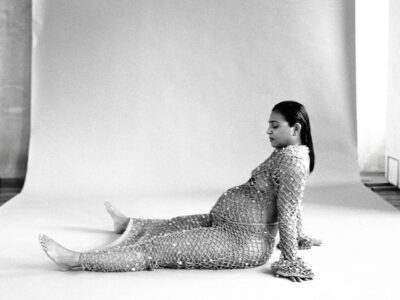By Hindola Gudiboyina, a dentist by profession, history and archeology enthusiast



Limestone,Nagarjunakonda,3rd century A.D
BUDDHISM – THE IDEOLOGY :
Buddhism arose in the egalitarian ethos of the Republican territories in the north of present-day BIHAR. There is some disagreement about whether these REPUBLICS were democratic or not, but many scholars broadly agreed that in contrast to the neighbouring monarchical states, in these areas power was vested with a group and not with an individual. The people were primarily agricultural, though there is evidence that they also kept cattle. Accounts of trade and city life suggest that the economy was flourishing, that the lives of peasants and artisans were changing and that there was enough agricultural surplus to allow urban growth. Many heterodox sects, principal among which were the Jaina & Buddhists, emerged in the ensuing period of doubt, turmoil and experimentation. Different groups of wandering ascetics and alms people questioned orthodoxy and preached Revolutionary ideas. The Buddha’s own followers came from all walks of life and included women, married as well as unmarried women. Among them were several city women including the powerful courtesan Amrapali, famous for her beauty who finally became a THERI, (means a ‘nun’ in Pali language ) herself.

As an ideology, Buddhism is marked by its antagonism to the rituals prescribed by the Vedas, and its rejection of ‘Authority’, either religious or social of the brahmins. It stressed the importance of ‘Personal Experience’ as the basis of knowledge and ethics as the guiding principles of spiritual practice. Truth,the Buddha preached ,must not be sought in the law or accepted out of reverence for the teacher, but is to be found & tried out by self, ‘as gold is tried by fire’ . Everyone regardless of status, caste, or Gender, the Buddha preached were, united in Buddhism as, ‘many different rivers unite in the sea’. The ‘TRIRATNA’ or the three jewels commonly referred to in the Buddhism are actually the three authorities or underlying foundations of Buddhism. The Buddha himself, the ‘Dhamma’ or the rules & ethics of buddhist life and the ‘Sangha’ or the ascetic community.

Limestone,Nagarjunakonda,3rd century A.D.
Photo courtesy:
Site museum,Nagarjunakonda.
BUDDHISM & WOMEN:
Though Buddhism accepts that both men and women might attain Nirvana and though both monks and nuns were provided the same rigorous meditative training and philosophical education, and entrusted with preaching the doctrine, the general tone of Buddhism, the famous feminist historian Uma Chakravarti points out that initially, Buddhism was antagonistic to women. Detailed accounts of word exchanges that took place between the Buddha & his disciples before women were finally allowed to renounce the life of the household ‘GRHASTHA’ and join the community of the ‘house less’ or the SANGHA have survived and are worth recounting for the insight they give us into the patriarchal ideologies and women’s status in the early Buddhist period.
The story goes so….
Detailed accounts of word exchanges that took place between the Buddha & his disciples before women were finally allowed to renounce the life of the household ‘GRHASTHA’ and join the community of the ‘house less’ or the SANGHA have survived and are worth recounting for the insight they give us into the patriarchal ideologies and women’s status in the early Buddhist period.
Mahaprajapati Gautami, Buddha’s royal foster mother who wanted to join the Sangha walked long distances in heat & dust to find the Buddha and make a request, but he would not hear of it. She appealed again and again, but nothing would persuade him. Finally, one of his younger disciples, ‘Ananda’, intervened that there could be no reason, given the tenets of their belief, Ananda argued, why women should not be allowed into the Sangha ? The Buddha was forced to agree, but, laid down 8 weighty laws, which any woman who entered the order would have to obey.
To state a a few :-
1. No THERI, the female nun was ever to rebuke a THERA, the male ascetic. But all theris, however senior, could be subjected to re-proof by a THERA.
2. After a two-year novitiate, a Theri, was to seek confirmation from both congregations. But the monk, needed only to present himself to the male Sangha.
Gautami willingly accepted all the conditions. But, the Buddha was still unhappy. He is reported to have said, “If the women hadn’t joined the Sangha, the Doctrine would have endured a thousand years. Now, it will die out after 500 years. That is why, ‘just as a man of property builds a dyke, so that Water may not transgress its bonds’ , Similarly, I have laid down 8 weighty laws to safeguard the doctrine.”
Therefore, It is without pleasure I project Buddhism with yet another incarnation in this critique. Despite these restrictions women did join the Sangha in considerable numbers to explore the possibilities the new life opened up, denouncing the confinement of a painful domestic life…!
Photo courtesy: Site Museum, Nagarjunakonda.
















